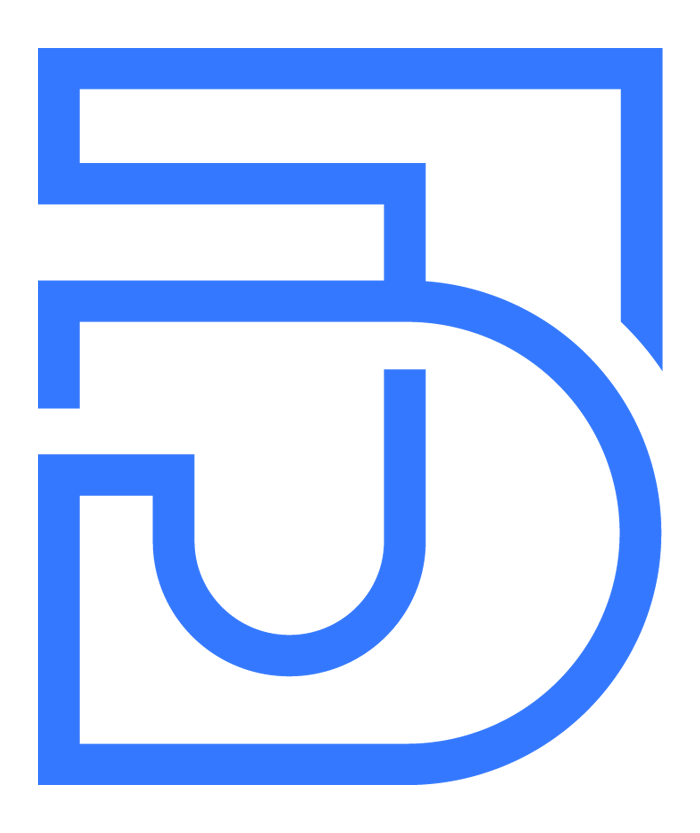Kivuto, a leader in digital solutions for education, is embarking on a significant initiative to elevate the user experience and ensure accessibility compliance for their Software as a Service (SaaS) products – Texidium and Kivuto Cloud. As a Senior UX Designer, you will lead the charge in revitalizing the user interface, implementing best practices, and conducting a comprehensive accessibility audit to align with WCAG 2.1 standards.
The brand design uses a California mid-modern design approach—with a little bit of funk. Our colours are inspired by both the golden hues of an iced tea, and the vibrant colours of the flavour profiles. Additional design elements cue cannabis, and tea sprigs—leaving no question as to what Loose Leaf is all about
Project Scope
- Creative & Art Direction
- Brand Strategy & Positioning
- Brand Identity
- Packaging Design & Production
The Results
Project Objectives:
- User Experience Enhancement: Conduct a thorough analysis of the existing user interfaces of Texidium and Kivuto Cloud, identifying pain points and opportunities for improvement. Redesign interfaces to enhance user satisfaction, efficiency, and overall usability.
- Responsive Design: Implement responsive design principles to ensure a seamless and consistent user experience across various devices, including desktops, tablets, and mobile devices.
- Accessibility Audit (WCAG 2.1): Conduct a detailed accessibility audit to ensure Texidium and Kivuto Cloud comply with the Web Content Accessibility Guidelines (WCAG) 2.1 standards. Address any accessibility barriers and implement solutions to ensure inclusivity for users of all abilities.
- Collaborative Workshops: Facilitate collaborative workshops with stakeholders, including product managers, developers, and end-users, to gather insights and validate design decisions. Ensure alignment with the business goals and user needs throughout the redesign process.
- Visual Design Enhancement: Work closely with the design team to improve the visual aesthetics of Texidium and Kivuto Cloud, aligning with modern design trends and maintaining a cohesive brand identity.
- Usability Testing: Conduct usability testing sessions to validate design decisions and gather feedback from end-users. Iteratively refine the designs based on user insights to ensure an optimal user experience.
- Documentation and Guidelines: Develop comprehensive design documentation and guidelines to assist the development team in implementing the redesigned interfaces. Provide ongoing support to ensure the successful implementation of the new design.
- Training and Transition Plan: Develop a training plan for end-users and internal staff to facilitate a smooth transition to the updated interfaces. Provide resources and documentation to support users during and after the transition.
The Results
- User Research and Personas:
- User personas based on target audience demographics, goals, and pain points.
- User journey maps illustrating the key touchpoints and interactions with Texidium.
- Wireframes:
- Low-fidelity wireframes outlining the basic structure and layout of Texidium’s interfaces.
- Mid-fidelity wireframes demonstrating more detailed interactions and content placement.
- Interactive Prototypes:
- Interactive prototypes allowing stakeholders and users to experience the flow and functionality of the redesigned Texidium interfaces.
- Visual Design Mockups:
- High-fidelity visual design mockups showcasing the final look and feel of Texidium, including color schemes, typography, and imagery.
- Accessibility Guidelines:
- Comprehensive documentation outlining the implementation of accessibility features to adhere to WCAG 2.1 standards.
- Guidelines for developers on designing and maintaining an accessible user interface.
- Usability Testing Plan and Reports:
- Usability testing plan detailing the objectives, methodologies, and participant profiles.
- Usability testing reports summarizing findings, insights, and recommendations for improvements.
- Design Documentation:
- Design system documentation detailing UI components, patterns, and guidelines for maintaining design consistency.
- Style guides specifying design elements, dimensions, and behavior for Texidium’s interfaces.
- User Training Materials:
- Training materials for end-users, including user manuals and tutorials explaining the new features and functionalities.
- Internal training documentation for Texidium support staff on handling user queries and providing assistance.
- Transition Plan:
- A detailed plan outlining the transition process from the current Texidium interface to the redesigned version.
- Communication materials for users, notifying them of the upcoming changes and providing guidance on the transition.
- Feedback and Iteration Reports:
- Reports summarizing feedback received during various design stages and how it was incorporated into the design.
- Iteration reports detailing changes made based on user and stakeholder feedback throughout the design process.
- Final Design Deliverables Package:
- A consolidated package containing all finalized design files, assets, and documentation required for development and implementation.


















